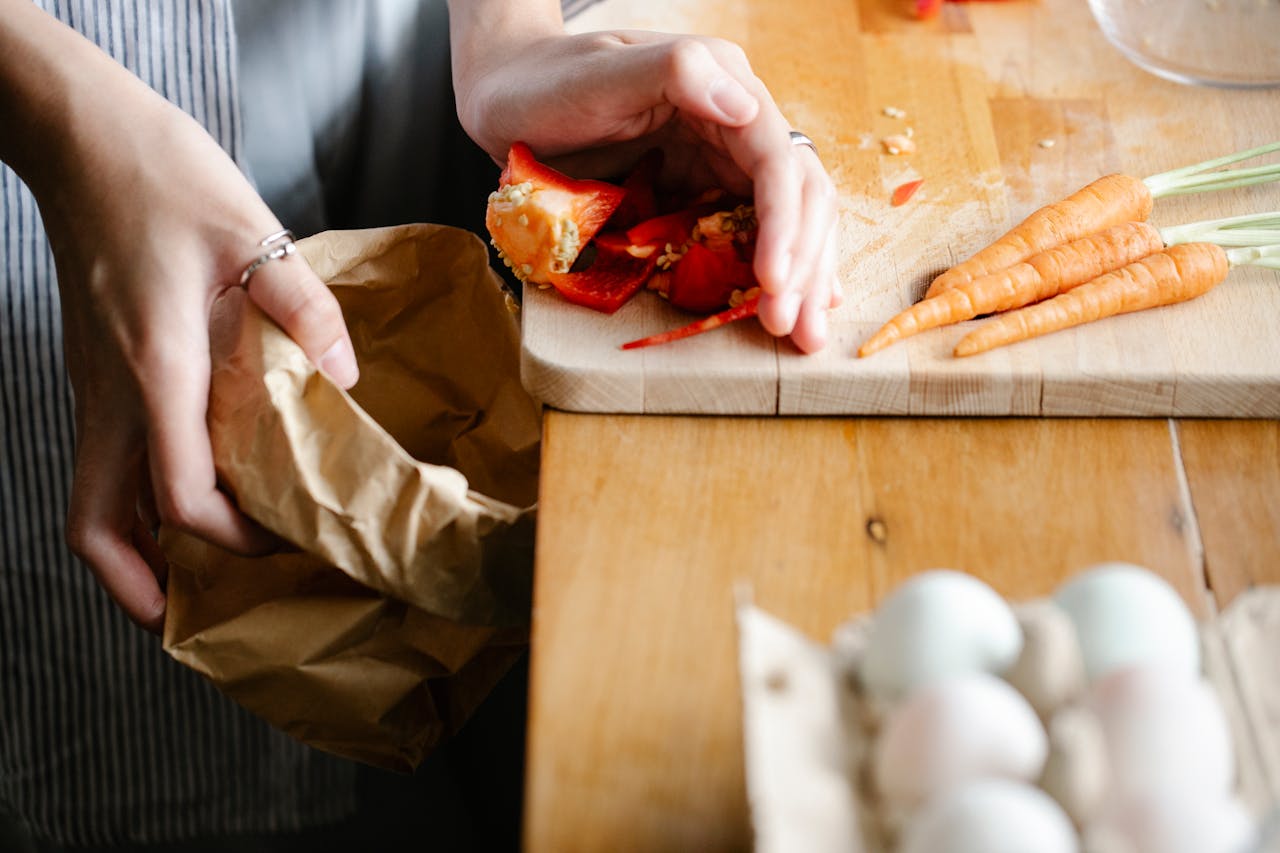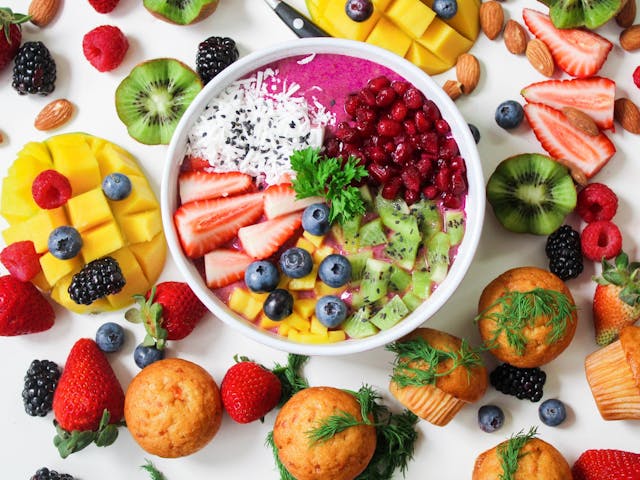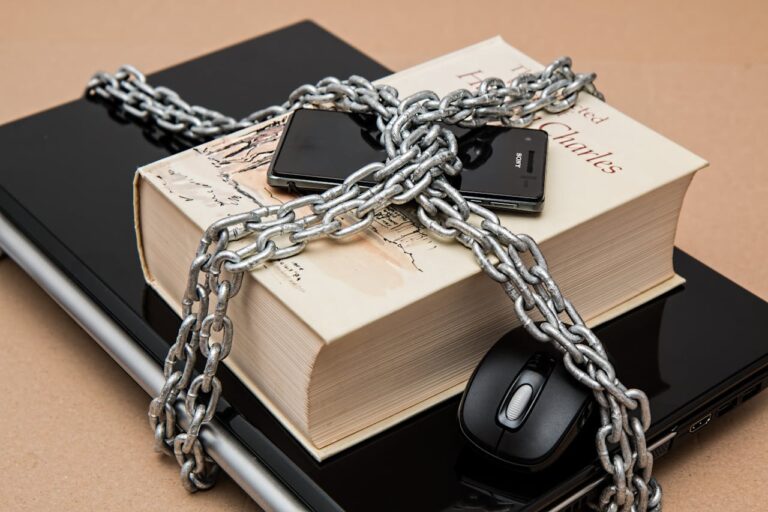Write Us: hello@ali5.org
Food Waste in 2025: Easy Ways to Cut It Down at Home
Tired of tossing out food? Learn simple, effective ways to cut down food waste in 2025, from meal planning to storage tips, and make your kitchen more sustainable.

Let’s talk about something we all do but rarely notice: wasting food. In 2025, it’s still happening way too often, and not just in restaurants or grocery stores. The biggest culprit? Our kitchens.
Here’s the thing: food waste isn’t just about tossing leftovers. It’s about wasted money, wasted time, and wasted resources. According to the UN, nearly one-third of all food produced globally is wasted. In a world dealing with inflation, food insecurity, and climate stress, that stat hits harder than ever.
The good news? Cutting down on food waste at home is one of the simplest, most impactful changes you can make, and it doesn’t require you to be a zero-waste guru or give up your favorite meals.
Let’s break down what food waste looks like in 2025, why it matters, and exactly what you can do to waste less and save more.
What’s Driving Food Waste in 2025?
You might think food waste only happens when something goes bad in the fridge. But the cycle often starts way earlier:
-
Overbuying: Thanks to bulk deals and impulse buys, we often bring home more than we need.
-
Poor planning: Forgetting what you already have leads to duplicate purchases and forgotten ingredients.
-
Misunderstood expiration labels: “Best by” and “use by” dates are still confusing, causing perfectly good food to get trashed.
-
Lack of storage knowledge: Many people still don’t know how to properly store produce, leftovers, or pantry staples to extend freshness.
In 2025, we’re better connected than ever, but also more distracted. That makes mindful eating and shopping even harder, but also more necessary.
Why Food Waste Hits Harder Now
Beyond the ethical and environmental impact, food waste has a very personal cost:
-
You’re wasting money: Every moldy cucumber or spoiled yogurt = money down the drain. On average, households lose hundreds of dollars a year to food waste.
-
You’re wasting energy: Think about the time spent meal planning, cooking, and cleaning, only for the food to be tossed.
-
You’re hurting the planet: When food goes to the landfill, it releases methane, a greenhouse gas more potent than CO₂.
Bottom line: food waste is expensive, avoidable, and completely within your control.
9 Easy Ways to Cut Food Waste at Home (Without Losing Your Mind)
Here’s how ty make a difference, without going extreme.
1. Start With a Fridge Audit
Before you go grocery shopping, take inventory of what you already have. Check the fridge, freezer, and pantry. You’ll avoid buying duplicates and start planning meals around what needs to be used first.
Pro tip: Keep a “use me first” basket in the fridge for items that are about to go bad. It’s a visual reminder to use them before anything else.
2. Plan Smarter, Not Harder
You don’t need a color-coded meal plan. Just sketch out 3–4 meals for the week and list only what you need. Build in “leftover nights” so nothing gets forgotten.
Apps like Mealime or Plan to Eat make this easier by generating shopping lists from your selected meals.
3. Understand Expiry Labels
Here’s the deal:
-
“Best by” means the product is at peak quality—not that it’s unsafe.
-
“Use by” is the date recommended for safety.
-
“Sell by” is for stores, not you.
Trust your senses; if it looks, smells, and tastes fine, it probably is.
4. Master Proper Storage
Most food spoils because it wasn’t stored properly. Some quick rules:
-
Bananas, avocados, and tomatoes? Keep them out of the fridge.
-
Herbs like cilantro? Store upright in water, like flowers.
-
Leftovers? Cool before refrigerating, and label with dates.
Use airtight containers, wrap produce properly, and know your zones; most fridges have a “colder” drawer for meats and a crisper for veggies.
5. Embrace Leftovers (Get Creative)
Leftovers don’t have to mean reheating the same meal. Repurpose them into something new:
-
Roast chicken becomes chicken tacos.
-
Cooked veggies turn into a frittata.
-
Rice transforms into fried rice or rice pudding.
If you’re not going to eat it soon, freeze it. Label and date it so it doesn’t become freezer mystery food.
6. Use Your Freezer Like a Boss
Freezers are magic. You can freeze:
-
Bread (slice before freezing)
-
Overripe bananas (for smoothies or baking)
-
Herbs (chop and freeze in olive oil cubes)
-
Cooked meals (batch cook and store for busy days)
Think of your freezer as a pause button, not a black hole.
7. Track What You Toss
For one week, jot down what you throw away and why. You’ll quickly spot patterns (like “I always forget about lettuce” or “I never finish milk”). From there, adjust how much you buy or how you store it.
Awareness is step one to fixing the habit.
8. Compost If You Can
Not everyone can compost at home, but if you have a backyard, garden, or community compost bin nearby, it’s worth it. Even a small countertop compost bin reduces your waste drastically.
In some cities, food scraps can now go in green bins alongside yard waste. Check local guidelines.
9. Shop Smaller, More Often
Bulk shopping sounds smart, until things rot before you can eat them. If possible, shop every few days and buy only what you need for the next 2–3 meals. You’ll cut waste and save fridge space.
Bonus: You’ll probably spend less, too.
Tech That Helps Reduce Food Waste in 2025
Yes, there are apps for that. Here are a few worth checking out:
-
Too Good To Go – Buy surplus food from restaurants and stores at a discount.
-
Olio – Share or receive unused food from neighbors.
-
NoWaste – Track food inventory and expiry dates at home.
-
Kroger ChefBot (US only) – Scan what’s in your fridge, and it gives you recipe ideas instantly.
Smart kitchen devices are also getting in on it; some smart fridges can now scan expiry dates and suggest recipes before things spoil.
Final Thought: Small Habits, Big Impact
Here’s the truth: cutting food waste isn’t about perfection. It’s about paying attention. It’s about changing your relationship with food, one small habit at a time.
And when you waste less, you feel better about your wallet, your home, and your role in something bigger.
In 2025, food waste is still a problem. But now, we’ve got the tools, the tech, and the awareness ty fix it. One fridge at a time.







